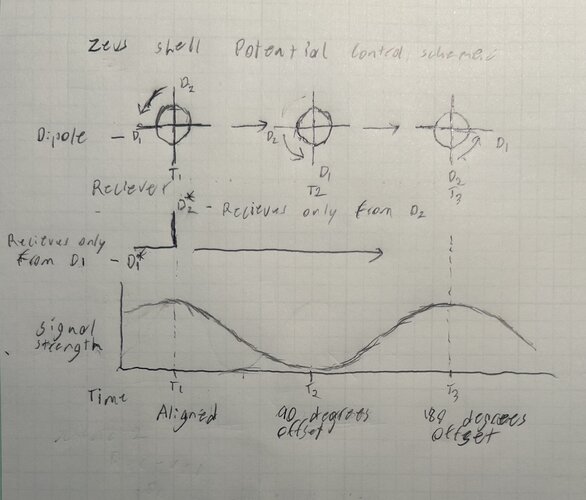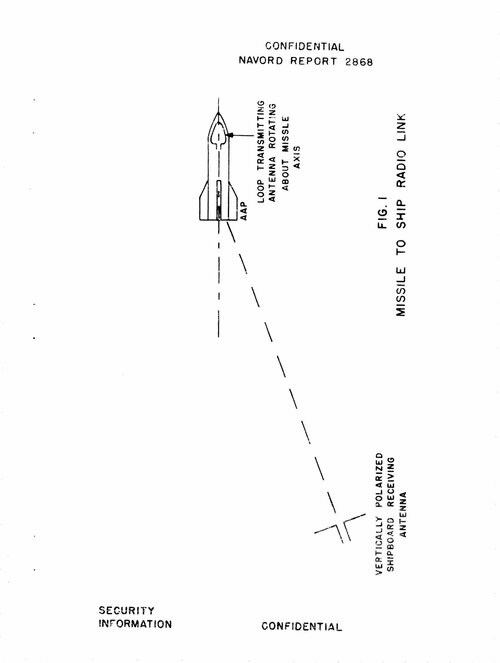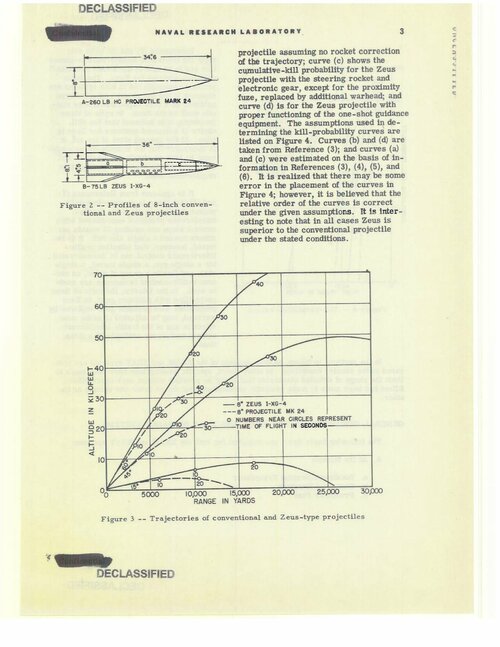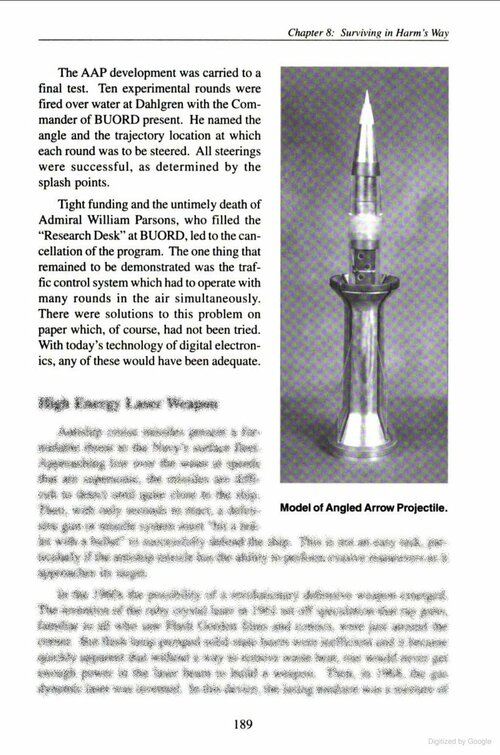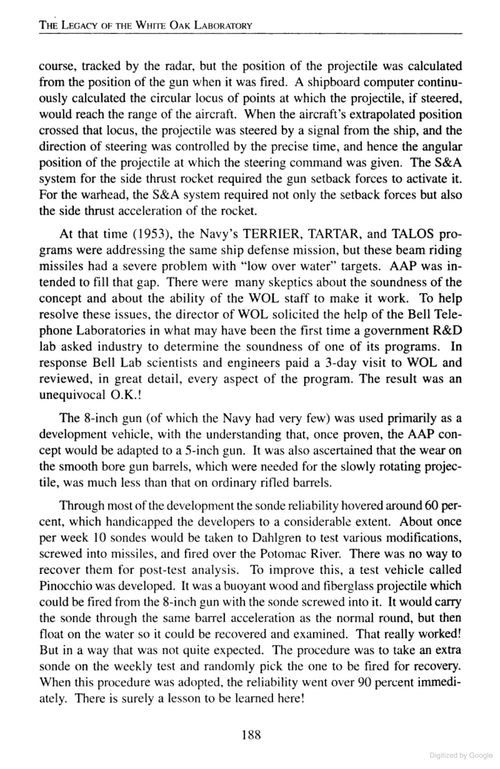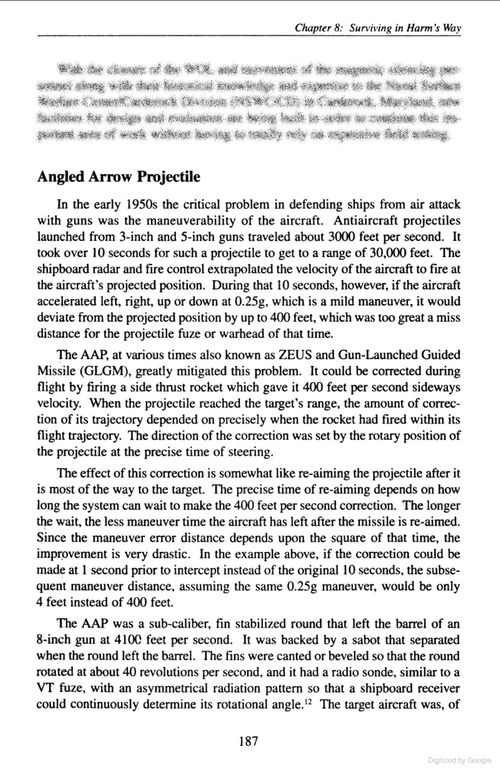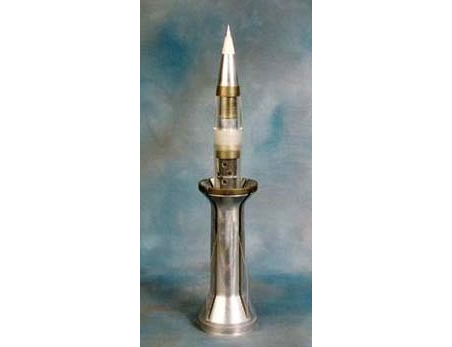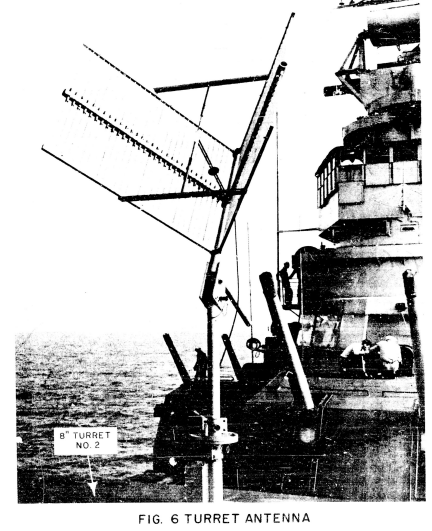All of which the Albany-can do. Submarines will be detected at long-range by SQS-23, and killed ASROC (and in any case the largest deck guns for Soviet submarines were 57mm), enemy surface combatants can be detected at long range by SPS-10, and killed by Talos and Tartar, and given that this is the 1960s, shore targets would be dealt with by nuclear-tipped Talos. You seem to think that these engagements will be like the Second World War, but the technology, tactics and equipment involved have changed to make this impossible.
Surfaced submarine won't be detected by active sonar, and the most straightforward way to kill it is not ASROC, but simply shooting at it. Straightforward solutions are the best.
If there is a rather obvious approaching SPS-10 - it is unlikely to ever detect anything "at long range" - cruiser will be either avoided or engaged from OtH. Both are mission failures, the second one is a potential catastrophe. The main protection of any surface combatant is the ambiguity of its position&incomplete situational picture in the vastness of the sea for the enemy.
Experience from both the exercises, CW "games" and even actual combat events (Sidra gulf) has shown that much less in 1960s, even by the very end of the Cold War, surface engagement still can begin point-blank, even at peacetime when much later ships are free to emit happily with no consequences.
Whatever the case - we can simply say from afterknowledge, that after a short while - proper guns
had to be urgently returned
to US&Soviet warships. The mistake of deleting them wasn't necessary in the first place - in fact, happy missile superpowers were the only ones to make it.
You don't know what you're talking about.
Talos has CW homing for low-altitude close-range targets, see the JPL papers on this. The launchers aren't the important bit, the illuminators are. An Albany can point four SPG-49s and two SPG-51s at any target in a broadside bearing, and two of each on forward and aft bearings. That's between four and six fire channels, and even against targets at close range with little warning, Tartar will likely get off multiple salvoes.
Close range is
how close? For a two-stage missile with an
uncontrolled acceleration phase. So let us put SPG-49s out of the equation right from the beginning, we're specifically talking about situations where it may be too late for them - and why tartar is there.
Nuclear-tipped missiles are catastrophic - sure(though they're never the first option on the rail, and there are limitations to them) - but conventional ones may or may not be as effective. Even Talos with its heavy warhead still has a very dedicated
anti-air warhead(especially later) - and if the first salvo is not an
immediate success - it may be a disaster. Automatic 8" guns in this situation, will be firing more powerful 8" salvoes (let's say 4 150 kg dedicated anti-ship warheads per salvo) at 10-12 rpm. Even at 2-4 barrels, that's a burning wreck out of anything other than battleship before the second Talos is loaded.
Furthermore - for single-ended cruisers, Talos/Terier
are there as well. They are just having both, not one.
p.s. yes, while I certainly can't count dishes and don't know what they're for - just can't help but wonder, why massive successes weren't repeated, and quite soon started being replaced by much lower-ranged combatants with half the number of channels. Armed with 2 gun turrets, which simply could've been kept without a break in the 1960s.
I'm aware, and only one of the sides in this confrontation had significant experience of night surface actions. Both sides will make extensive use of airpower, shore-based direction finding and surface plots before a surface engagement. Both sides are likely to be aware of each others presence, and so both will be prepared for action. They will attempt to conduct actions based on the information surface plots, not actively emitting until they think they are in position to conduct an ambush, before immediately disengaginh, much like the British at Matapan. An Albany in this situation could get of a crippling salvo.
Yes, indeed, this very picture.
The problem is that everyone wants to be British at Matapan; yet sometimes we end up being Allies at Savo, Japanese at Esperance, or American at 1st Guadalcanal. Shit happens at sea - sometimes we're a very experienced Australian crew routinely inspecting some weirdly acting merchantmen, but what can possibly go wrong.
Plots don't resolve the situation completely - the stronger the opponent and the better is he at interfering with the reconnaissance - the harder is it to gain a complete and recent enough picture.
And, as was mentioned before - the reasons gun turrets were reinstated(and still have to be retained to this day, when our information-gathering capability has grown to levels incomprehensible back then - like, well beyond 1960s sci-fi) were and remain straightforward.
Retention of 6"-8" battery through keeping it effective for the main perceived problem(air attack) allows a possible path around the actually taken path (wrong one, as it appeared) - with potentially much better CIWS capability(similar to modern Italian STRALES), developed much earlier.
So you start this conversation by criticising the value of all-missile ships, and now extoll the virtue of those very same missiles?
I criticize
all-missile ships; certainly I don't criticize missiles and their effects on warfare, it would be stupid. If anything, perceived effectiveness at Zeus development path relies precisely on the effect the long range surface to air missiles provide.
In a way, what I am doing is trying being smart later, knowing that very soon after we had to come to installing guns back anyway.
And because this is indeed rather mean of me - I simply suggest that Zeus could be a path to not making this mistake for the USN.
A path, sadly perhaps, not taken.
Was it a completely unavoidable mistake? I don't think so - precisely because UK&European navies didn't make it. Only the US and Soviet Union did. So quite a few navies managed to avoid it even back then - perhaps due to their limited access to new shinies in late 1950s, but still.
Read the US Navy requirements for the Albany-class, and find out what independent operations are, I can assure you that they are absolutely capable of it.
Thanks, I did read a book or two in the passing. And conclusion, supported by their modifications and career paths, was that they really weren't what they wanted them to be - leading to the end of this specific type of ship.
Importantly for our discussion, when the time came later to refit ships for that very independent operations capability in the late 1970s - not just the gun, but specifically 8" gun was in the midst of the debate.
So - with Zeus - why lose it in the first place?

